What is nature based education? We are breaking down the middle of the alphabet to help get a better understanding of nature based education.
I is for intentional learning. A teachable moment is not something that you can plan for; rather, it is a fleeting opportunity that must be sensed and seized by the teacher. Teachable moments are brought up regularly in parenting classes, and even in some college prep courses. But the focus of a teaching program is to teach you to, well—TEACH. However, intentional learning opportunities present themselves all throughout the day. And when you are focused on teaching you might actually miss them.
So take the time to slow down, stray away from the lesson plan, and learn about your students. Creating a sense of community will go a lot farther in your teaching career than making sure you stick to the daily objectives. Intentional environments are just as important. Are you mindlessly spending at the Target dollar spot? Do you begin the year with a pile of things you “need to go through” or will save for next year”? This typically happens when educators don’t place value on the items they bring into the classroom. Instead, they look for the next cute or Insta worthy activity, without really thinking about how their students will benefit.
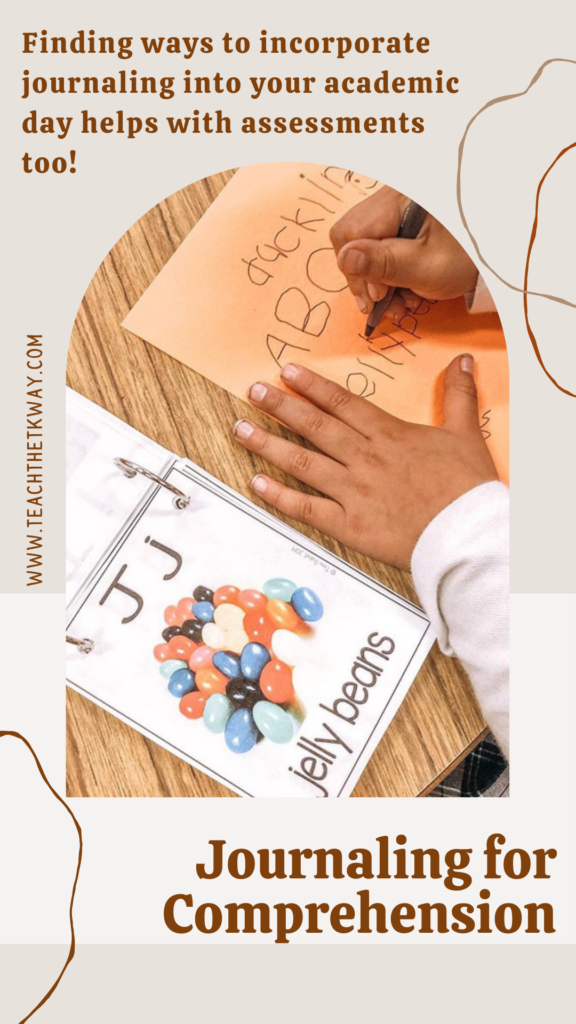
Documenting the Learning For Assessments
J is for journaling: as a way to document the learning. Journaling in the natural classroom is such a cool experience. If you teach older students journaling can really show you where they are in terms of their writing skills. Having students turn in their journals at the end of the week or two-week period will give you concrete feedback about their writing level. Intentional learning at its finest. If you teach littles, then using the journals to draw what they see, and go on an investigation walk is another nature based idea.
Having students tell you about their image and then helping them write a few words or letters about their creation will place importance on writing for understanding. Journaling can take on quite a few characteristics. You can include a few or all of the ideas below into a year-long documentation aspect to your classroom.
- Painting in journals
- Explore and Draw: Get outside, explore your school facility and then draw and label a map of your campus. This would work well for walking field trips too. Take a look at your local community and draw what you see.
- Still Life Drawing or Painting: Bring in flowers, rocks, sticks, shells, etc. and have the students draw and then write a few sentences about what they know, want to know or wonder about the item.
- Creation Station: first you create something with blocks, legos, manipulatives, then tell a story, or draw your creation. Depending on the age of the student adding sentences and paragraphs about their physical creation is a great way to get kids writing.
Natural Classroom Ideas
K is for Kalanchoe (succulents) Katydids (Insects), and Kunzite (Mineral). Did you know you do not have to have a green thumb to add plants to your learning space? Artificial plants will add to the softness of a natural classroom. As do driftwood, seashell collections, and rock and mineral collections. Introducing students to natural items they wouldn’t normally see, touch, or experience adds a layer of science to academic domains.
L is for learning spaces. Learning spaces can be anywhere. Traditional classrooms, outdoor classrooms, homeschool living rooms, online, and everywhere in between. Going back to teachable moments and intentional design, remember children are making connections all throughout the day. Set the stage for learning with intentional, well-thought-out, clutter-free areas for curiosity to bloom. What is nature based education on your program? Do you allow for messy exploration? Time to play between learning concepts? Do you include the natural world in your design?
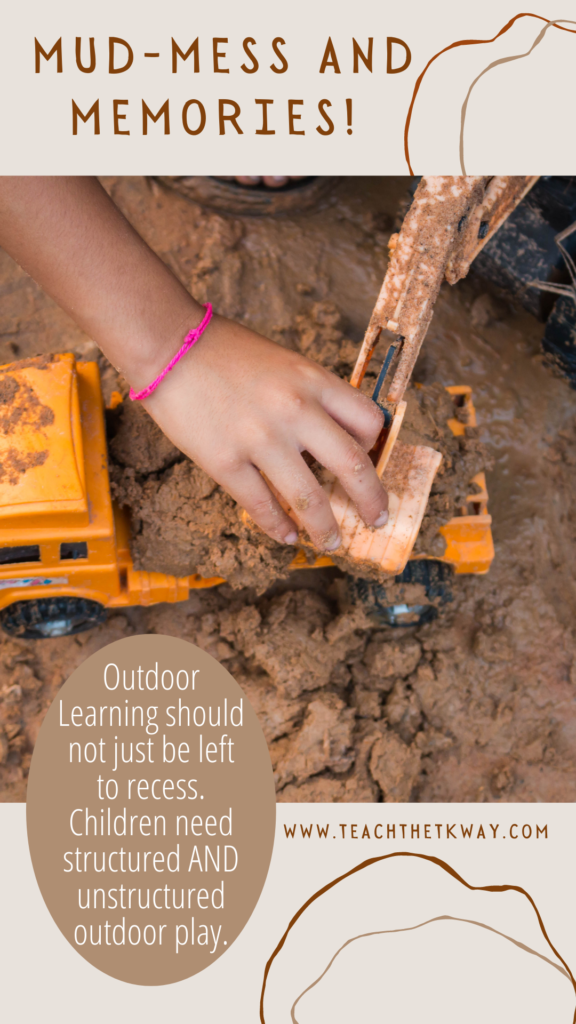
What is Nature Based Education Outside? Hint-Hint, It Isn’t Just Recess!
M is for mud, mess, and memories. It’s time to take it all outside. Grab a cart, place your favorite materials on it, and get out of the classroom. When we remove the walls the children cannot bounce off of them (Erin Kenney). I have seen firsthand, way too many educators and administrators using recess as a punishment. Don’t finish the work, loss of recess. Talking in class- loss of recess. You get the picture.
What if I said the reason those same students keep losing their recess is that THEY ACTUALLY NEED TO GET OUTSIDE. None of us is conditioned to sit still and take in information for long periods of time. Children even less so. I still find myself doodling, fidgeting my leg, and daydreaming if a PD goes too long. Instead of taking away recess, let the children play during those unscripted outdoor times (recess). AND add intentional outdoor learning to our regularly scheduled day.
Grab a clipboard, pencil, and paper and take it outside. Use sidewalk chalk to practice sight words, and times tables. Let the children come up with an obstacle course that follows 5-7 steps. Each of these activities can be linked to a standard, and guess what? As a result, we are encouraging large motor movement, and lessening the challenging behaviors. It’s a mindset shift and I am here to help you break free of your comfort zone and go outside.
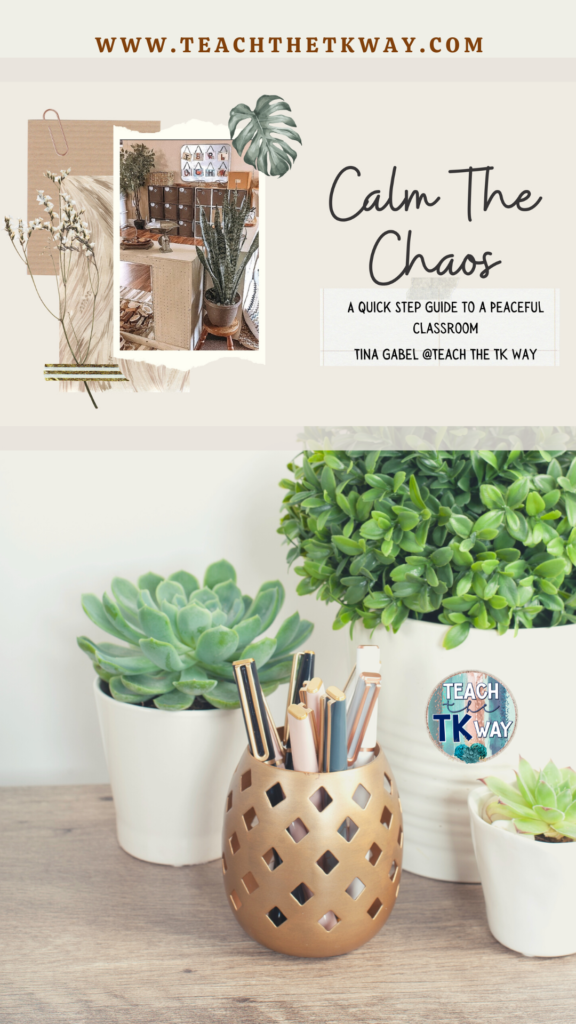
Becoming A Natural Classroom Specialist
N is for nature. You didn’t think in a blog devoted to nature that I wouldn’t give you concrete examples of why nature is good for you, did you? When we spend just 2 hours in nature each day we can reduce our stress hormones by up to 800%. I will never stop sharing this statistic. That is mind boggling to me, that we can reduce our own stress levels just by getting outside.
I have been a teacher for many years (25+) and I know that during the teaching day it is really difficult to get outside for a solid 2 hours each day. Instead, why don’t we bring nature inside, for those times when we can’t get out? Add some natural light to your classroom. Open the windows and let the fresh air in. Grab some plants to help combat the off-gassing of carpets and laminate flooring. And add some sort of living science component where the children can immerse themselves in a touch pool, sensory activity, or just find a cozy spot of solitude to rest their brains for a bit.
A natural classroom environment actually promotes all 4 of those components and adds a layer of the community as well. Declutter and allow the visual overwhelm to lessen. And inadvertently (or rather quite intentionally) you will lessen the challenging behaviors at the same time.
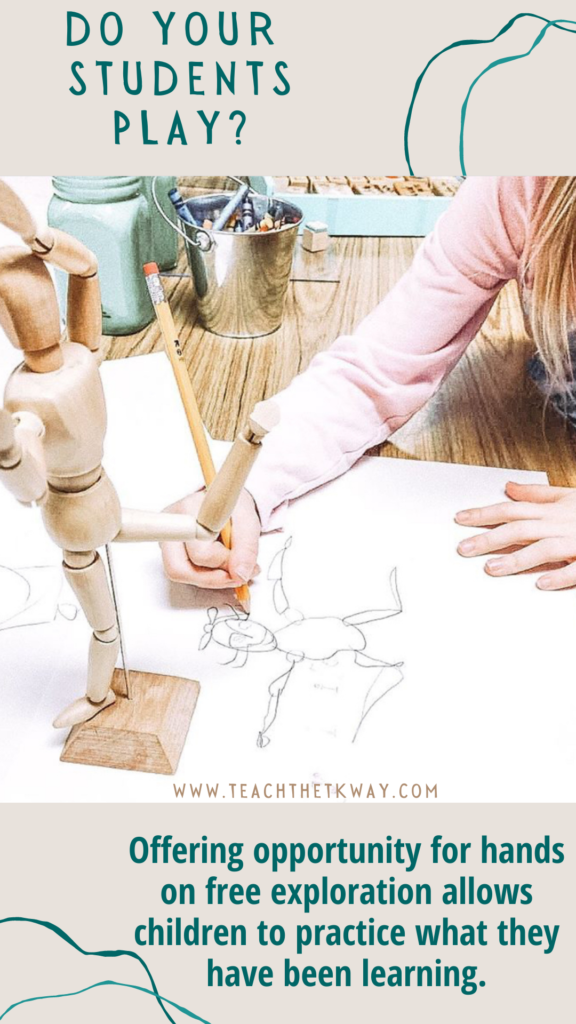
What is Nature Based Education And How Do Natural Classroom Environments Promote Healthy Learning Habits?
O is for opportunities for learning. This is a favorite of mine as well. We need to offer plenty of opportunities for children to practice what they are learning. By giving them time and space to assimilate knowledge they will begin to make connections faster. When we follow their lead and allow the children to lead their learning we will be pleasantly surprised.
Opportunities for learning come in the form of finding worms on the playground after rain. Ask why? You can do an in-depth discovery unit after observing what happens to a dried-up pinecone after heavy rainfall. Spoiler alert-it closes completely back up, and this can be recreated time and again using a bucket of water! Learning even happens when the children place rollie pollies into the toad enclosure to “keep them safe”. Every aspect of the day can be a teachable moment and a way for children to learn about the natural world.
P is for play-based learning, not just for early education. Play-based activities and hands-on activities sometimes go hand in hand, and other times educators shy away from play-based in favor of hands-on. When in reality we need to teach the way children learn through play!! We have heard scientists say that it takes 400 repetitions for the brain to create a new synapse. But we also know that when done through play it only takes 10-20 repetitions. Why wouldn’t we begin to teach children in the way they actually learn? If you want to call it play, go for it. If you want to call it hands on-great. Whatever you choose to call it in your program is awesome, just please start incorporating it!
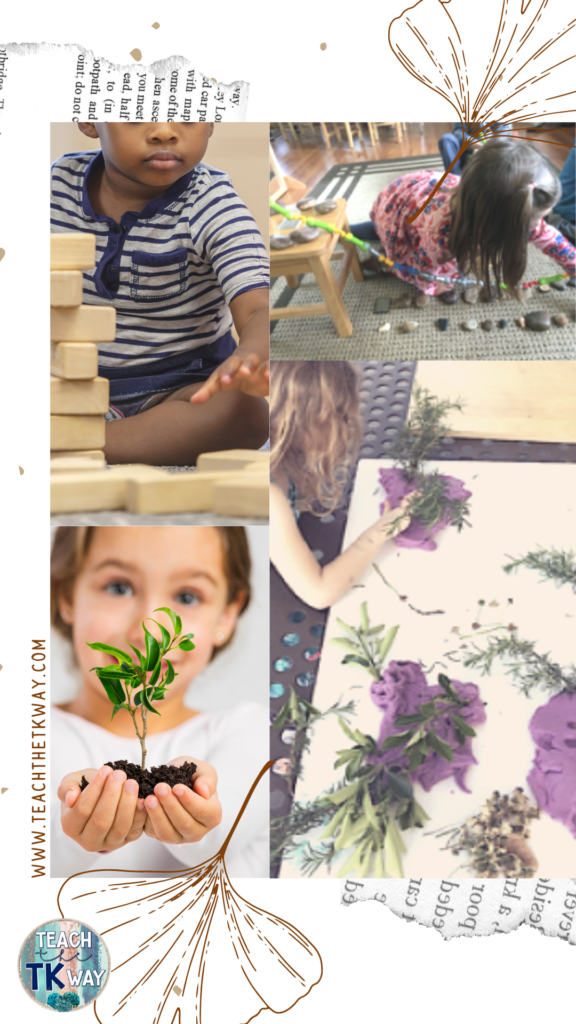
Inspiration is Found in Nature
Q is for Nature-Based Quotes. All of my favorites are in one place for motivation and nature-inspired learning.
- The earth laughs in flowers~Ralph Waldo Emerson
- Land really is the best art-Andy Warhol
- Children just need the time and space and permission to be kids~ Angela Hanscom
- There is no single way to educate~ Michael Gurian
- If it hasn’t been in the hand and the body, it can’t be in the brain~Bev Bos
- When you teach a child something you take away forever his chance to discover it for himself~Jean Piaget
- The environment is the third teacher~Loris Malaguzzi
- Wise and purposeful, letting alone is the best art of education~Charlotte Mason
- Nature is imperfectly perfect, filled with loose parts and possibilities, with mud and dust, nettles and sky, transcendent hands-on moments and skinned knees~Richard Louv
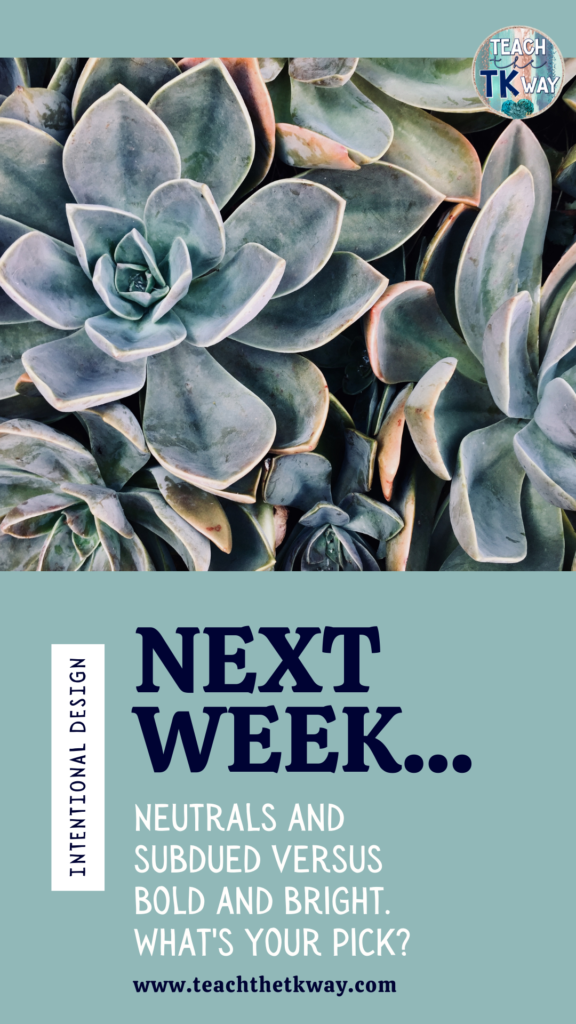
Come back next week when we wrap up our alphabet series with all the tips and strategies for an amazing classroom environment! The last 9 letters of the alphabet lend themselves perfectly to some great philosophies, variety in your teaching style, and visiting some of the world’s coolest places! Stop in and see how it all comes together.



2 Responses